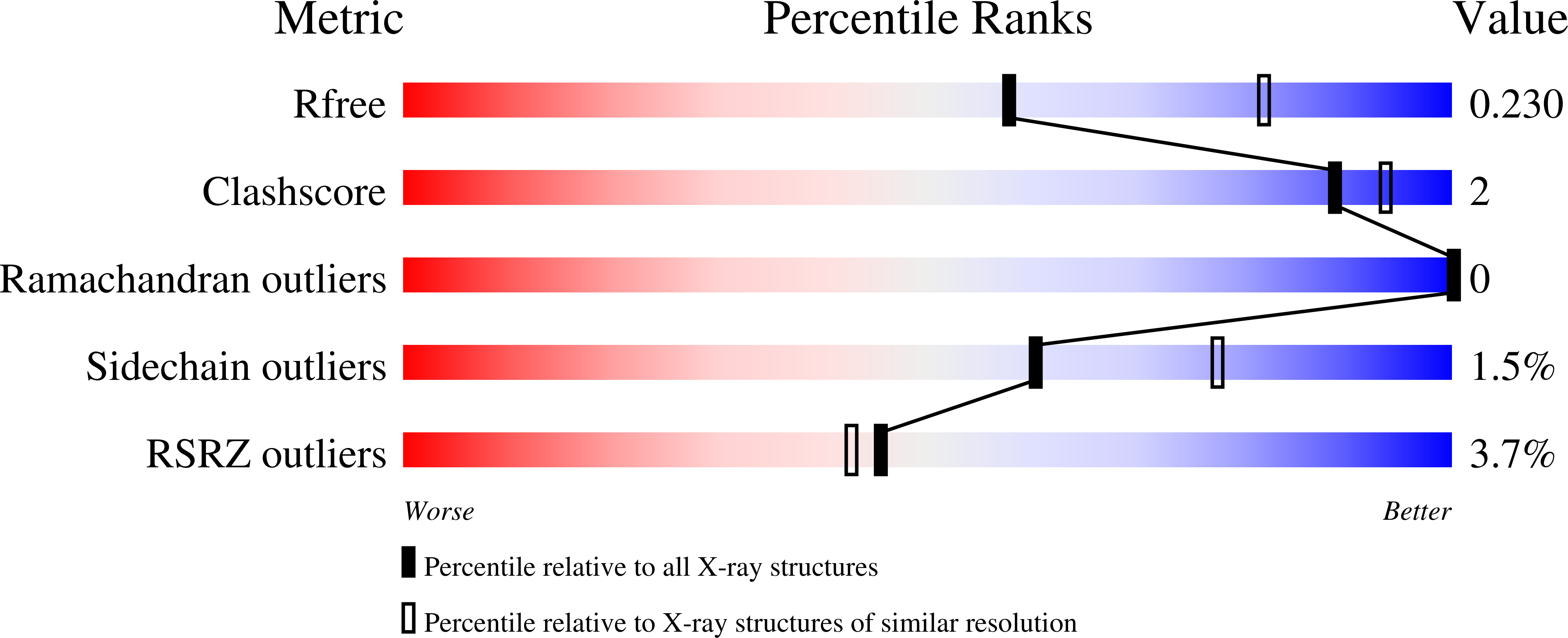
Deposition Date
2023-12-14
Release Date
2024-12-11
Last Version Date
2025-07-09
Entry Detail
PDB ID:
8VCL
Keywords:
Title:
Crystal structure of HLA-A*03:01 in complex with a mutant PIK3CA peptide
Biological Source:
Source Organism:
Homo sapiens (Taxon ID: 9606)
Host Organism:
Method Details:
Experimental Method:
Resolution:
2.40 Å
R-Value Free:
0.22
R-Value Work:
0.19
R-Value Observed:
0.19
Space Group:
P 6 2 2


